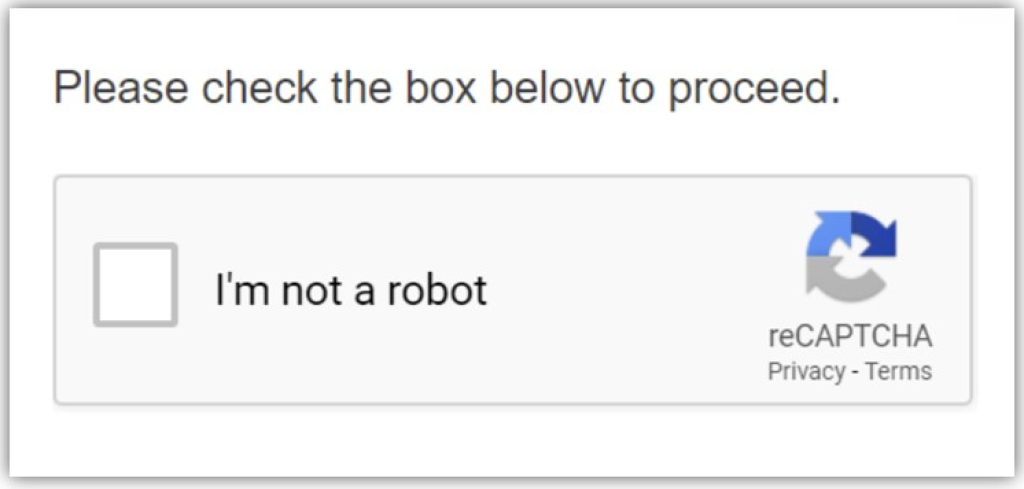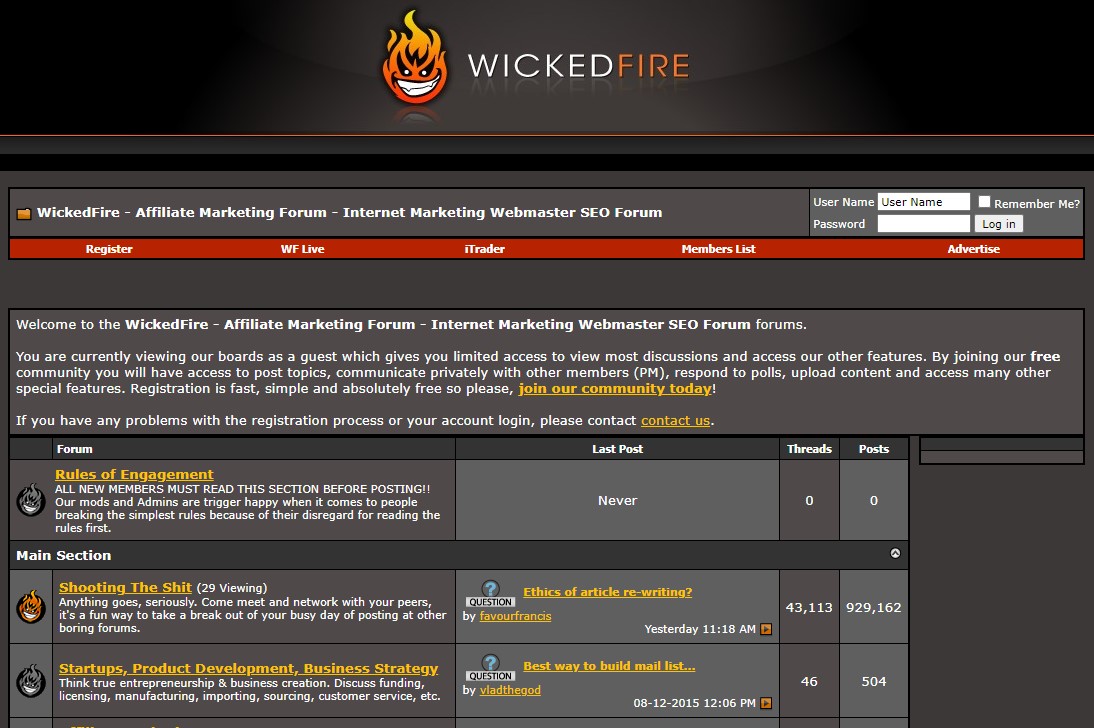
When it comes to the lead gen, simply generating leads is just not enough. You need high-quality leads, ones that are ready to purchase your products or services immediately.
In lead generation, It is typical to come across low quality leads. There will never be a campaign that generates only good quality leads while also generating enough to keep a business alive.
Nevertheless, there are methods to improve lead quality and move closer to the ideal scenario.
In this article, we’ll discuss several strategies we frequently use to boost lead quality and secure revenue generating leads.
#1 Put More Fields on Your Lead Form
The easiest strategy to enhance lead quality is by adding more fields to your lead generation forms. This prompts users to provide additional information and invest more time in filling out the form.
Thus, it deters individuals who are not genuinely interested in two ways: they are reluctant to share more information, anticipating follow-ups, and they are unlikely to dedicate the time to complete the form.
Analyze your current forms. How many fields are required to submit a lead? Is it two, three, or four?
There’s typically room to include more fields to gather additional qualifying information.
For instance, you could ask for quick additional details like job title or company name and website. These fields are unlikely to be completed by casual users but won’t deter serious and qualified leads.
When adding more form fields, ensure they are relevant to improving lead quality.
#2 Ask More Complex Question
Another way to enhance lead quality is by making the questions on your forms slightly more challenging or invasive for users.
Similar to the previous tactic, users who are less qualified are less likely to share more detailed or invasive information.
Do your current forms ask for a project timeline or budget? What about project details or scope?
Including these more forward yet relevant questions in your lead generation forms can deter lower-quality leads while providing valuable information to your sales team for follow-ups.
If you’re unsure what additional fields to include, consult your sales team to determine what information would aid them in converting leads, and incorporate those fields into the form.
#3 Add Additional Steps
Depending on the platform you’re using for lead generation, there are various methods to add extra steps for users before they can submit a form. If you’re using your website, features like captions or form verification tools can be employed, requiring users to provide credible information and verify that they’re not automated bots.
Many of these tools are now more accessible and straightforward to implement.

For lead generation forms on platforms like Meta Ads, you can utilize the higher intent form type, which prompts users to review their information before submission.
This acts as a final confirmation step, ensuring users are aware of the information they’re sharing and giving them the opportunity to confirm their submission.
In some cases, users may inadvertently submit forms on platforms like Facebook or Instagram without realizing it.
Utilizing the higher intent form type helps users review the information they’re sharing, making them more conscious of their actions and reducing the likelihood of unintended submissions.
#4 Use More Narrow Targeting
It’s worth emphasizing that the targeting options you choose to reach your audience can significantly impact the quality of leads you receive.
One common challenge advertisers face is the discrepancy between platform-recommended targeting and their actual target audience. Platforms like Google, Facebook, and LinkedIn often push for automated, high-volume targeting solutions. However, these suggestions prioritize quantity over quality and may not align with your specific needs.
For instance, features like Performance Max in Google Ads or Advantage+ Audience in Facebook may prioritize volume over lead quality.
While these options can be optimized to some extent, sometimes manual or more specific targeting is necessary to ensure quality leads. This might involve using exact match keywords in search campaigns, leveraging legacy lookalike audiences on Facebook, or resorting to traditional job title targeting on LinkedIn.
Ultimately, the focus should be on lead quality rather than quantity. If automated targeting options aren’t delivering the desired results, it may be time to adjust your approach and prioritize reaching the right audience over simply reaching a large one.
#5 Exclude Extended Networks
Extended audience networks, such as those offered by Google, Microsoft, and LinkedIn, can significantly impact your ad placements and, consequently, your targeting effectiveness.
While these networks can expand your reach and deliver more impressions, they often result in lower quality leads.
For instance, the Google search partner network and Microsoft ads partner network may increase your visibility but can also yield subpar performance compared to your primary search campaigns.
Similarly, LinkedIn’s Audience Network, which extends your ads beyond the platform’s native placements, may not always deliver high-quality leads.
It’s crucial to regularly review the performance of these extended networks, which can be easily done through the platform’s reporting and breakdown features.
If you find that the performance is not up to par, consider opting out of these networks in your campaign settings to prioritize quality over quantity in your lead generation efforts.
#6 Use More Targeted CTA
Here’s another tip that requires a deeper look at your own offers and calls to action.
Consider what you’re currently using as your offer or call to action. Is it something broadly appealing or highly tailored to your target audience?
Many businesses face challenges with their offers, especially when they create assets like whitepapers or industry reports on broad topics.
While these assets may attract decent volume, they often result in lower-quality leads because they appeal to a wide range of users, including those with only tangential interest.
For example, industry reports like those from Gartner may attract users who are not necessarily in the market to make a purchase but are instead researching or evaluating their current situation. This broad appeal can dilute the quality of leads generated.
To address this, consider developing calls to action that speak more directly to your buyer personas. Think about the specific questions your buyers ask your sales team or the challenges they face with similar products.
By creating content that addresses these specific needs and interests, you can attract higher-quality leads that are genuinely interested in your offerings.
Conclusion
No matter your industry, implementing these ideas can improve your lead quality. Just remember to adjust your lead count goals to strike a balance between quality and quantity. By following these strategies, you can maximize your lead generation success!







